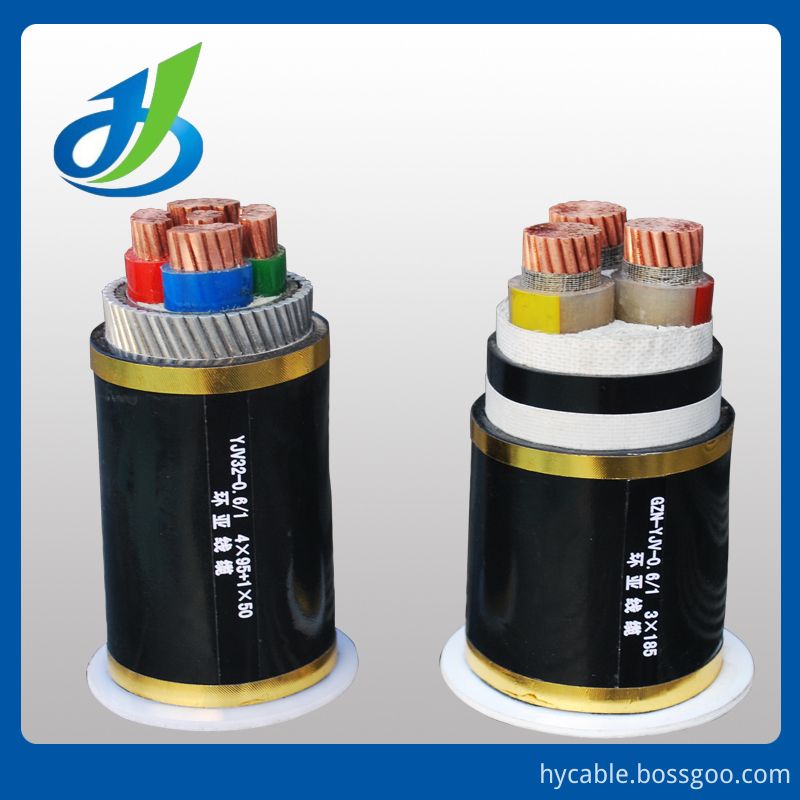2.Mark the path the electrical cable will take by spray-painting the ground. Call your state's "one call" number to have the utilities on your property located. The "one call" number notifies all of the utilities in that area that you will be digging around their equipment and cable. They will then come out and mark where their material is so you can avoid hitting it when digging.
3.Check the National Electric Code (NEC) for the depth of your installation. The code gives specific depth requirements for different types of electrical installations. For example, 120V wire cable can be placed about 18 inches deep if part of the area above the wire is concrete.
4.Begin digging the ditch or trench between points A and B. This is usually easier with a trenching machine when long distances are involved. Once the trench is dug, use a tape measure to measure the trench depth. It must be greater than or equal to the value required by the NEC. Call the electrical inspector to inspect the trench. He will either pass or fail the trench. If it fails, he can tell you how to proceed.
5.Lay the cable along the bottom of the trench. Once all the wire is in the trench between points A and B, cover the cable with dirt or cement, if you are encasing the wire. Another option is to place conduit in the trench. Once that is done, pull the wire through the conduit.

A Power Cable is an assembly of one or more electrical conductors, usually held together with an overall sheath. The assembly is used for transmission of electrical power. Power cables may be installed as permanent wiring within buildings, buried in the ground, run overhead, or exposed.
Early telegraph systems used the first forms of electrical cabling, transmitting tiny amounts of power. Gutta-percha insulation used on the first submarine cables was, however, unsuitable for building wiring use since it deteriorated rapidly when exposed to air.
Modern power cables come in a variety of sizes, materials, and types, each particularly adapted to its uses.[6] Large single insulated conductors are also sometimes called power cables in the industry.
Some power cables for outdoor overhead use may have no overall sheath. Other cables may have a plastic or metal sheath enclosing all the conductors. The materials for the sheath will be selected for resistance to water, oil, sunlight, underground conditions, chemical vapors, impact, or high temperatures. In nuclear industry applications the cable may have special requirements for ionizing radiation resistance. Cable materials may be specified not to produce large amounts of smoke if burned. Cables intended for underground use or direct burial in earth will have heavy plastic or metal, most often lead sheaths, or may require special direct-buried construction. When cables must run where exposed to mechanical impact damage, they may protected with flexible steel tape or wire armor, which may also be covered by a water resistant jacket.
4 Core Power Cable, 15kv Cable
Hebei Huanya Cable Co.,Ltd , http://www.hbhycable.com
没有评论:
发表评论